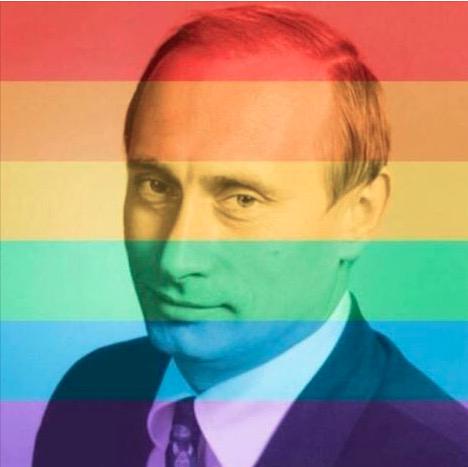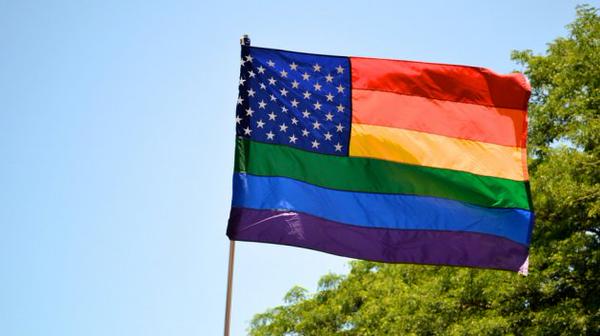Krokodil cartoons very often employed folkloric characters and themes. Soviet graphic satire owed much to pre-revolutionary popular prints, and in some cases,
Krokodil images were composed in the graphic style of Russian folk arts. In other cartoons, Soviet satirical commentary was enacted by Russian folk tale characters.
 |
| Krokodil 1963, No.7, page 1. |
|
|
|
 |
| Krokodil 1962, No.4, p.14. |
Russian folk characters were thus reimagined in a modern satirical context, and the combination of discourses created unique visions of both old and new. Stalinist folklore/'fakelore' (Dorson 1950) co-opted folk heroes in the service of the Soviet state, but
Krokodil's use of these characters was satirical and thus markedly different.
 |
| Krokodil 1957, no.34, p.8-9. |
Ded Moroz and Snegoruchka also commonly appeared in Soviet satire, celebrating the turn of the New Year, or warning about the change in seasons.
 |
| Krokodil 1958, No.1, p.2 |
Countless cartoons visualised anthropomorphised animals, but a number of images also referred to less famous Russian folk tales.
 |
| Krokodil 1960, No.22, p.3 |
Perhaps the most frequent appearances were made by Il'ia Muromets.
 |
| Krokodil 1956, No.17, p.1 |
 |
| Krokodil 1964, No.9, p.15 |
 |
| Krokodil 1964, No.29, p.1 |
Contrary to most scholarly assumptions, that
Krokodil was unambiguously propagandistic and that its content was always either entirely anti-Western and pro-Soviet, the use of historical figures in images related to contemporary events injected a destabilising element into the images' meaning.


























